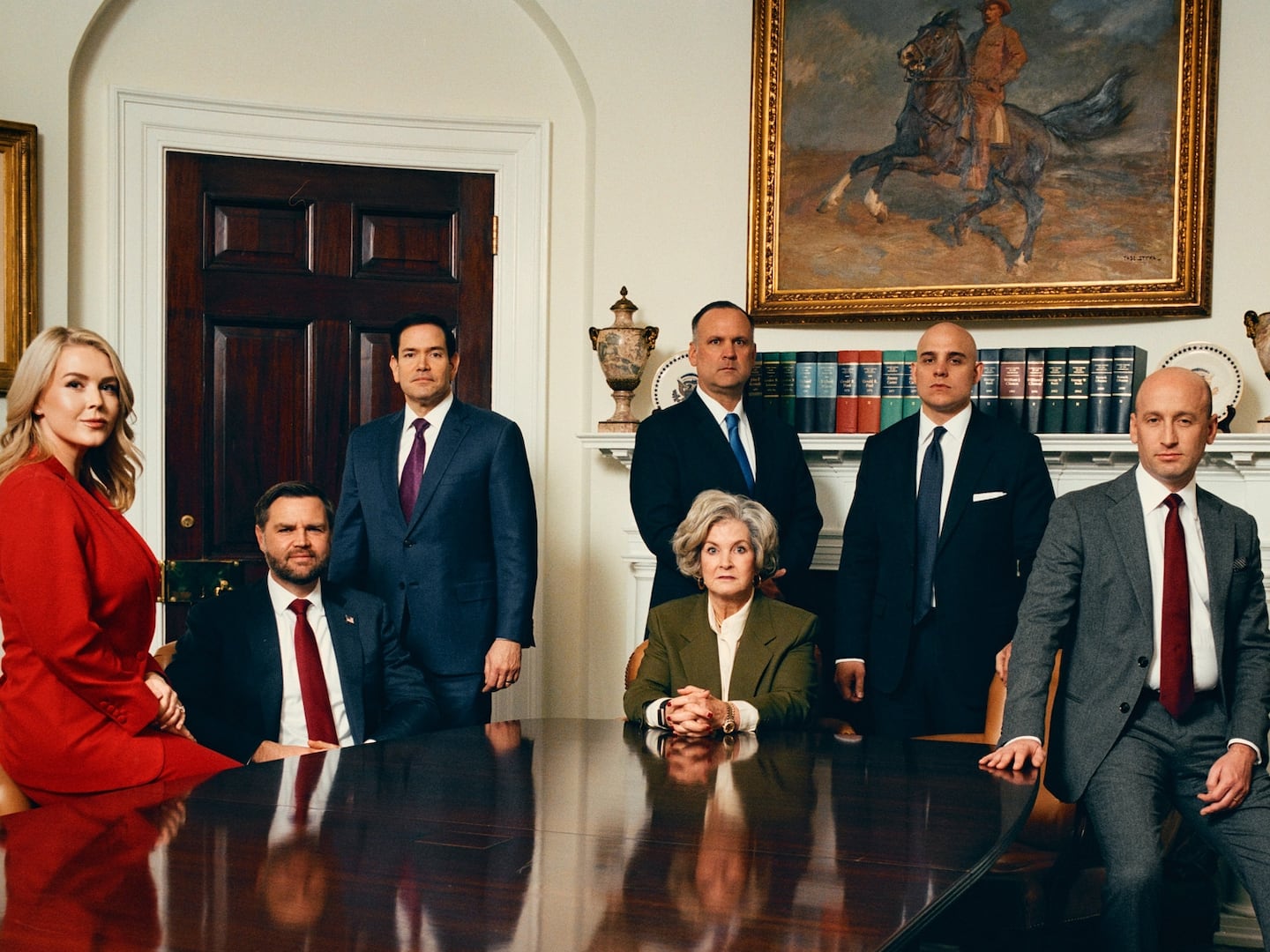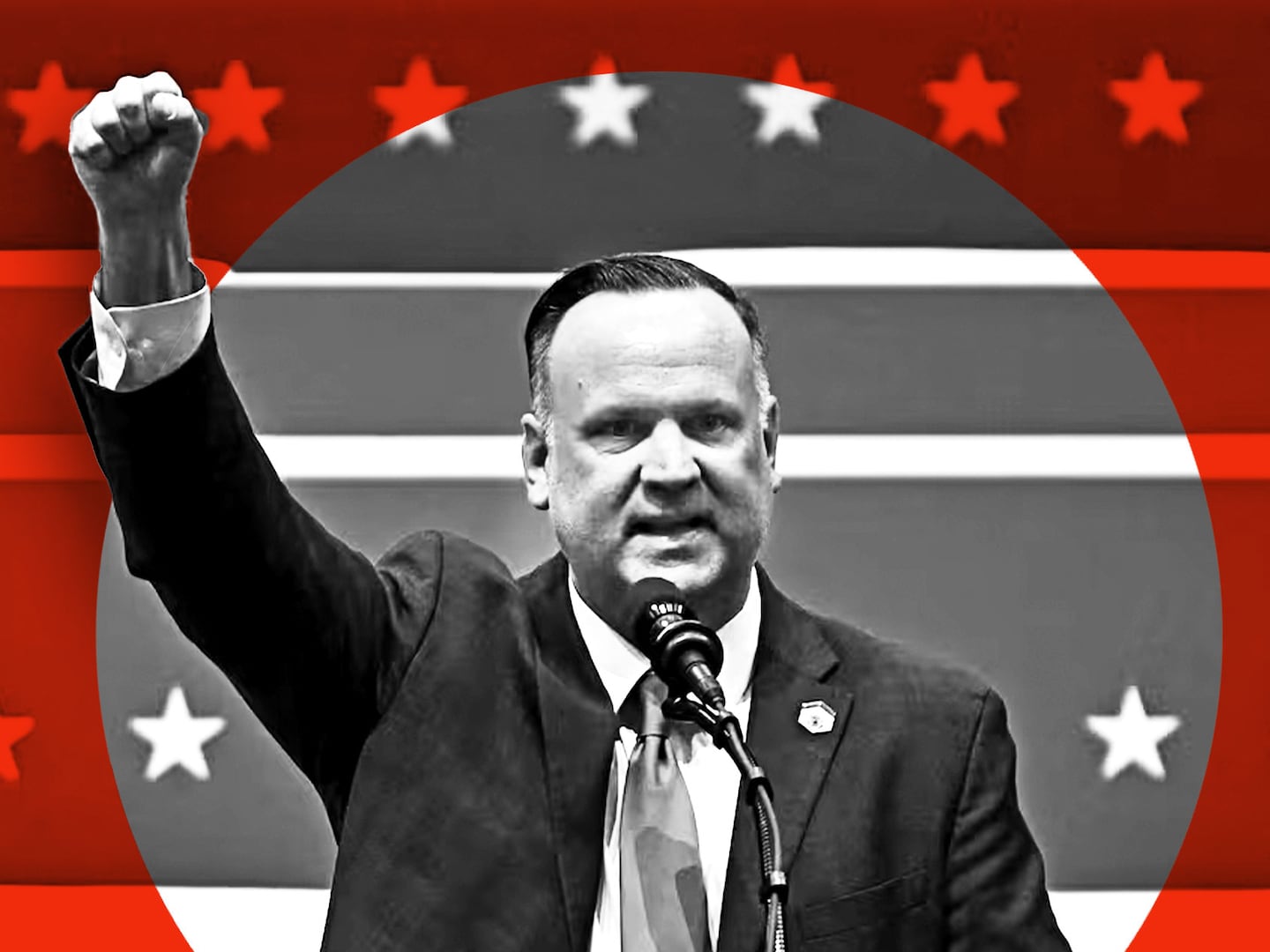In last week’s 5-4 ruling on Harris v. Quinn, the Supreme Court worried Democrats by suggesting that public unions may not be allowed to obtain compulsory dues from their members. Compulsory dues translate into many tens of millions of dollars in political contributions to Democrats. If disallowed, many of those dollars will remain in the pockets of the public employees themselves, and a few may even go to Republicans.
Progressive hostility to Harris, however, is shortsighted. Harris and decisions like it have the potential to revitalize progressive politics by restoring the relevance and political potency that labor held in the early-to-mid-20th century. The great labor leaders of that era—AFL-CIO President George Meany, President Franklin D. Roosevelt, and the like—agreed with the majority in Harris: it was both impractical and inadvisable to afford public employees compulsory collective bargaining rights.
Roosevelt said that collective bargaining and public workers’ right to strike would be “unthinkable and intolerable.” Meany said it would be “impossible.” In the view of these leaders, civil service laws from the Progressive Era of the 1890s to 1920s had made government jobs good and safe. Labor and progressives, therefore, needed to focus on blue-collar workers’ need to fight collectively for basic safety, dignity and living wages. Through this focus, the United States saw historic gains in the well-being of workers and the country’s middle class.
That labor heyday lasted through the 1950s, but starting in the late 1960s labor lost ground. Public-sector unions grew rapidly, but private-sector unions shrank. By 2012, public-sector workers had union membership rates more than five times higher than rates among private-sector workers.
Essentially, the public-sector unions sucked up all the oxygen. Talented labor organizers opted to work with government workers: their members were relatively prosperous and well connected, so they were easy and lucrative to organize. As explained in Jake Rosenfeld’s book What Unions No Longer Do from earlier this year, this shift to public-sector unions meant that unions no longer fought primarily for the working poor. Instead, much of their muscle was devoted to improving the status of middle-class professionals.
The unionization of the public sector did not merely weaken private-sector unions; it directly harmed the well-being of the working poor. To see why, consider who pays the price of benefits and work rules collectively bargained by public unions. In 2000, when I lived in Los Angeles, the city’s bus drivers went on strike for 32 days. At that time, the average bus driver was making roughly $50,000 a year. While perhaps not generous, that was far more than the average bus rider, who earned just $15,000 a year.
This month-long strike was devastating for those who were literally dependent on the bus ride for their jobs. Even worse, the strike was successful. The United Transportation Union obtained concessions to work rules that made bus routes more difficult and expensive for the city. So this vital resource, which poor people depend on, became simultaneously less available and more expensive.
Today, the extension of this problem is playing out in pension crises all over America. Due to their electoral power, public unions controlled many of the mayors and governors who “negotiated” against them in collective bargaining. With no checks and balances, it became easy to hide pension benefits that would escalate over several decades in the fine details of the negotiated agreements. The bill is coming due today, as cities reduce services (or go bankrupt) in order to pay for prior pension promises.
And who suffers most? Lower pensions would have meant less cash for pensioners, but the savings would have protected schools, fire departments, libraries, and community centers.
Ironically, the private-sector unions have also suffered politically from the sins of the public sector. Union membership and popularity dived in the 1970s and early 1980s when public-sector organizing accelerated. Not surprisingly, Gallup polls show that, overall, unions (conflating public- and private-sector unions) are less popular today than they have ever been, ranking among the country’s least popular institutions.
Why should that be the case? Both the general public and economic elites have a lot of sympathy for janitors who are trying to make ends meet. If the SEIU focused on such private-sector janitors, and allied with private-sector teamsters and farmworkers, they could make an effective push for living-wage rules that would enhance opportunity, social mobility, and national prosperity. But that cannot happen when private-sector workers experience guilt-by-association with unpopular public-sector union actions.
Consider the October 2013 strike by unionized Bay Area Rapid Transit employees in California. It was their second strike of that year. Hundreds of thousands of workers, many making barely above minimum wages, suffered disruptions in their daily lives. “I’m pretty livid,” Teirra Chatman, a 21 year-old home care worker who commuted four hours to work in San Francisco each morning, told The New York Times. Transit workers, she said, “were already paid enough.”
BART riders such as Ms. Chatman were taking notice of pre-strike compensation rates, such as $193,407 for train operator James De Lisle, or $195,286 for electrical foreman Richard Watson Jr. These public-sector workers were members of divisions of the AFL-CIO and SEIU, respectively. When the BART strike ended on Oct. 22, union employees got a 15.38 percent pay increase over four years, boosting their average pay to $88,300 by 2017. This is more than double the average private-sector wage in California.
Perhaps worst of all, public-sector unions utilize mandatory dues to promote bad policy. In K-12 education, union leaders have spent mind-boggling sums of money defending what Judge Rolf True called, in his recent Vergara v. California ruling, “uber due process”—byzantine procedures that make it nearly impossible to remove ineffective teachers. This leads to terrible results for our public education system, but job security for those who deserve it least and desire it most.
In the correctional system, union leaders in California drove the “Three Strikes” law that nearly bankrupted the state and caused devastation among many poor neighborhoods—but added greatly to prison budgets and therefore union coffers.
Over the next few years, local governments will make decisions that will determine their long-term solvency and efficacy. In light of that, it’s important to remember that Republicans are not the only politicians hurt by public-sector union spending. Strong, idealistic Democratic leaders fighting for effective government—think Bill Clinton, Cory Booker, and Rahm Emmanuel—have been hamstrung by the hammerlock in which public unions keep the Democratic Party.
For the left, the specific Harris ruling was ideal. By signaling the future, the Court allows labor to return to its roots defending of blue-collar private-sector workers while giving unions time to reposition themselves.
The case for a living wage is economically and ethically powerful if it is made by working poor who genuinely need a living wage. And government itself can be what progressives want: a place where high-status professionals, organized among voluntary guilds, continue proud traditions of innovation and results in teaching, safety, development, and prosperity.
Those professionals will find themselves the most liberated of all; free to redefine their professions in the way they initially intended when they chose their careers. For progressives, this will save unions from 21st-century irrelevance, which makes forgoing compulsory public union dues a small political price to pay.






